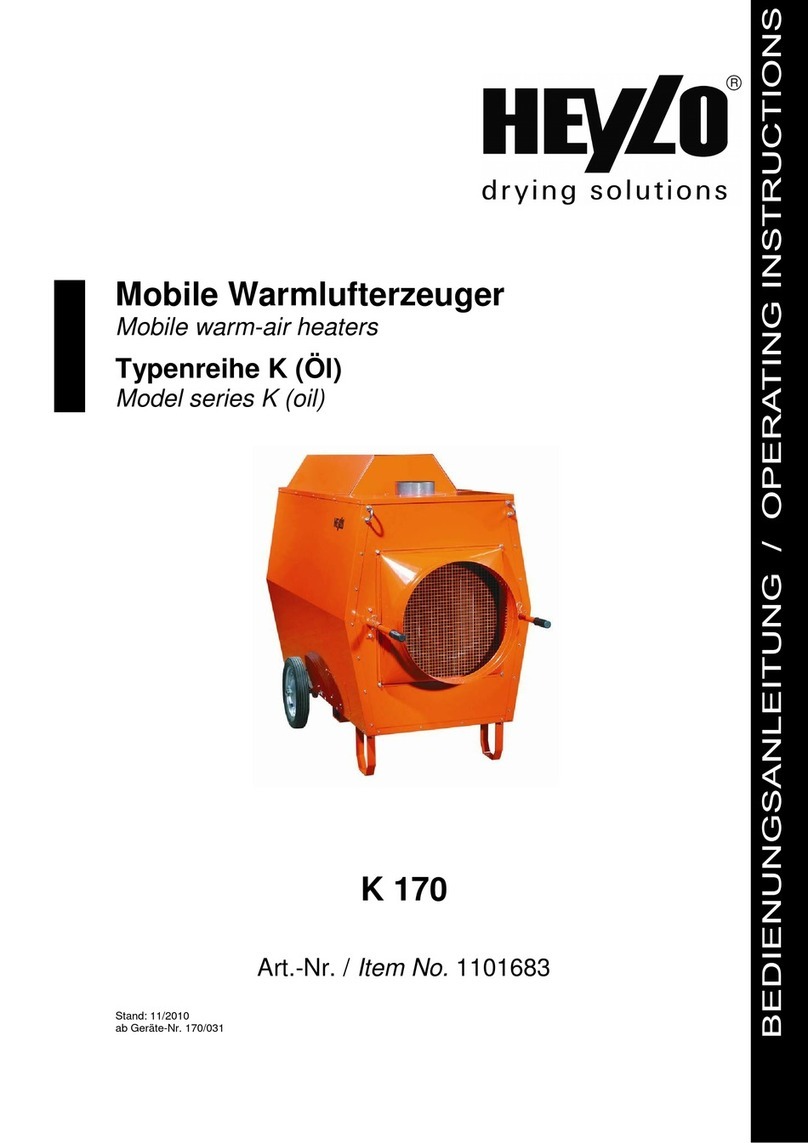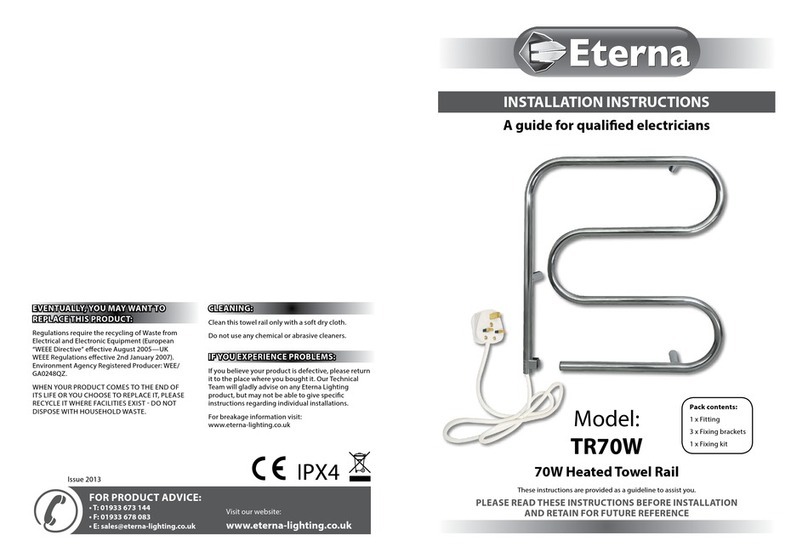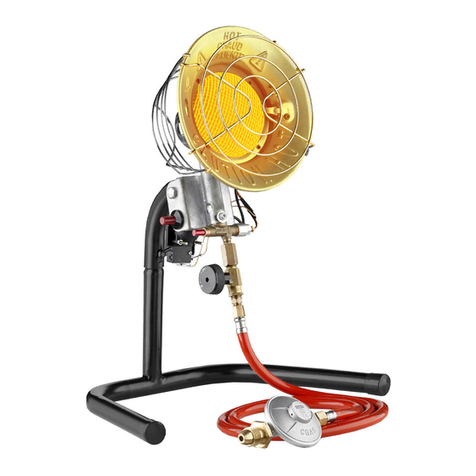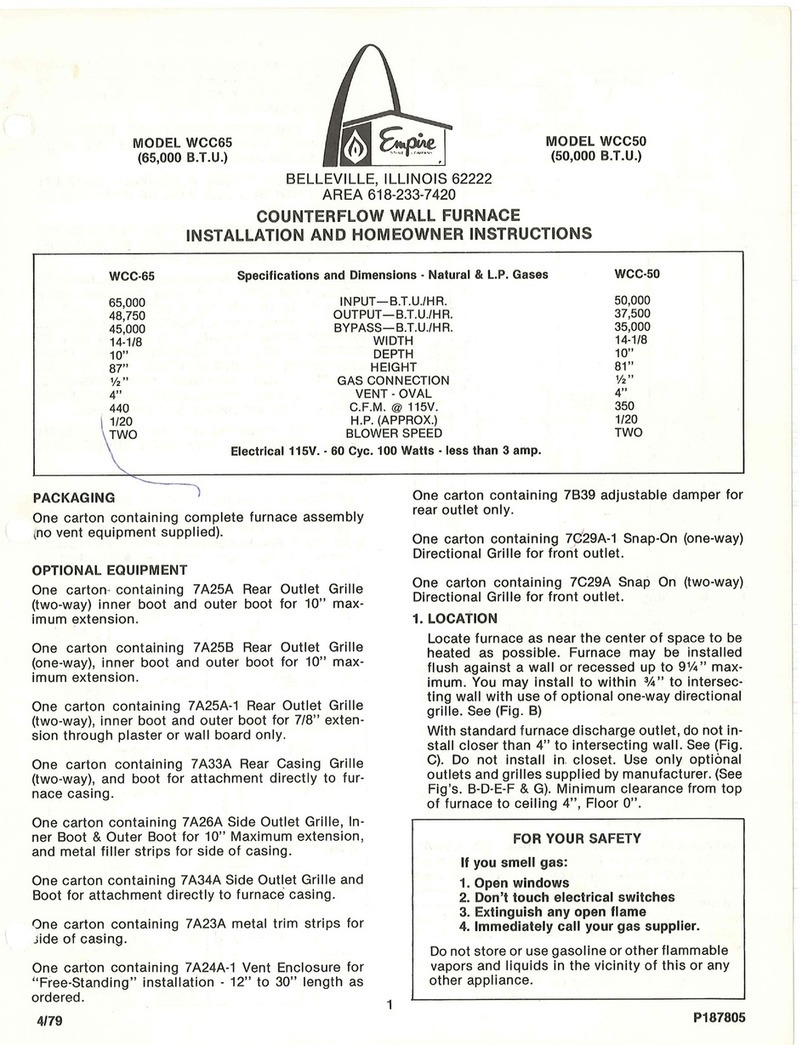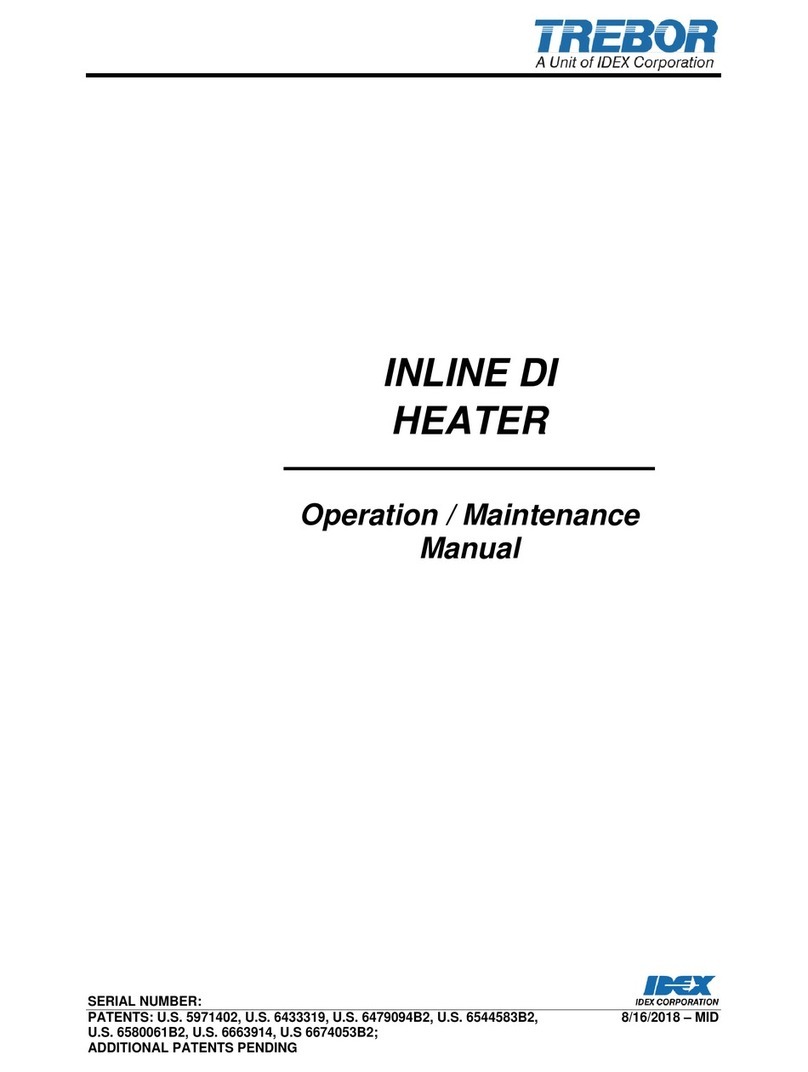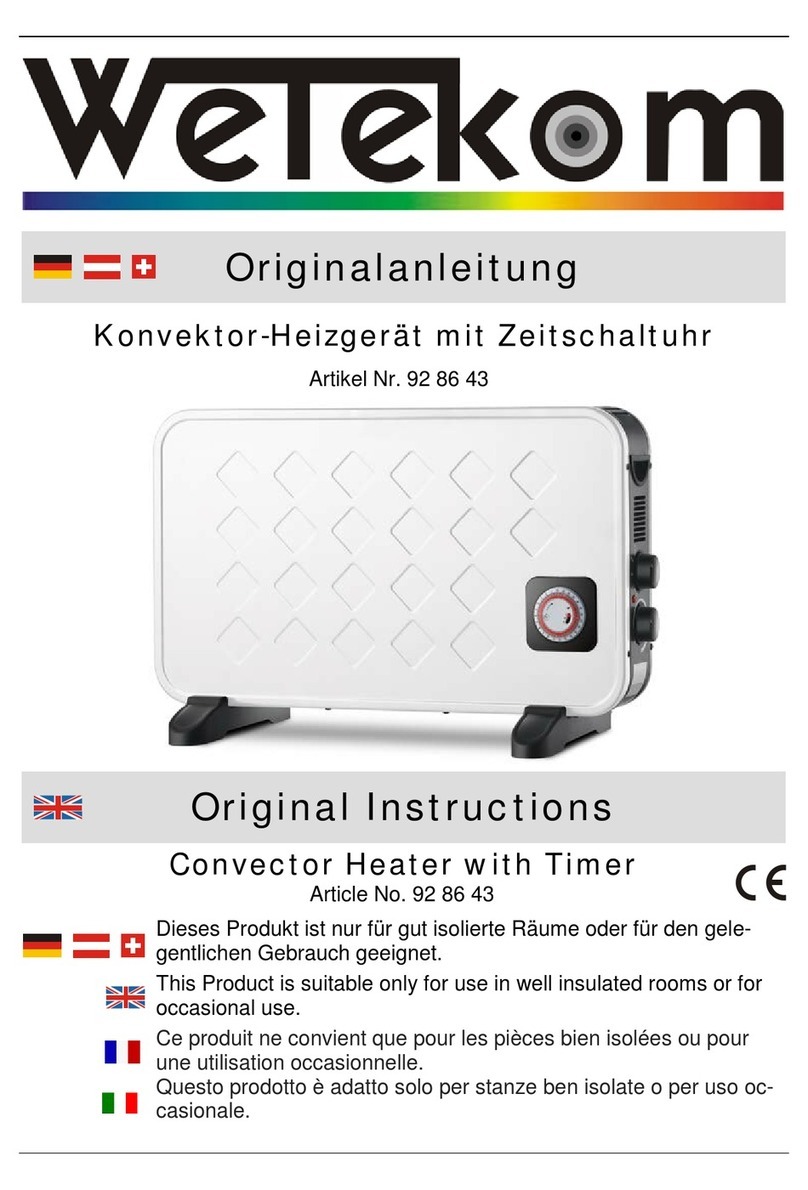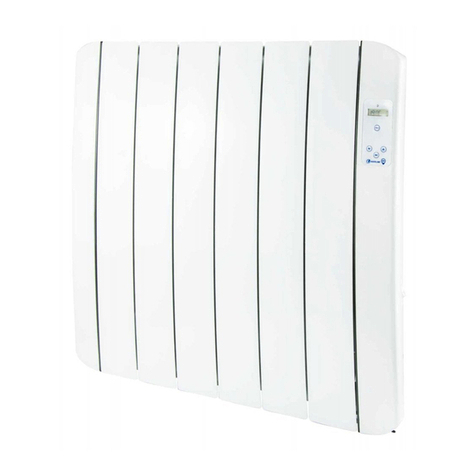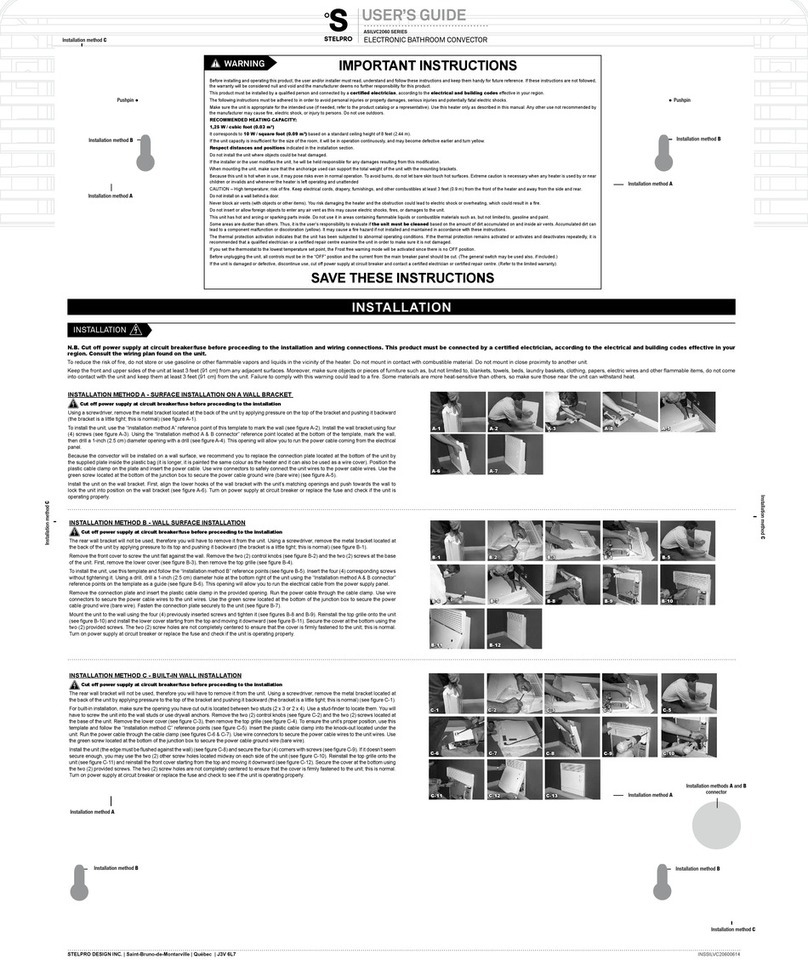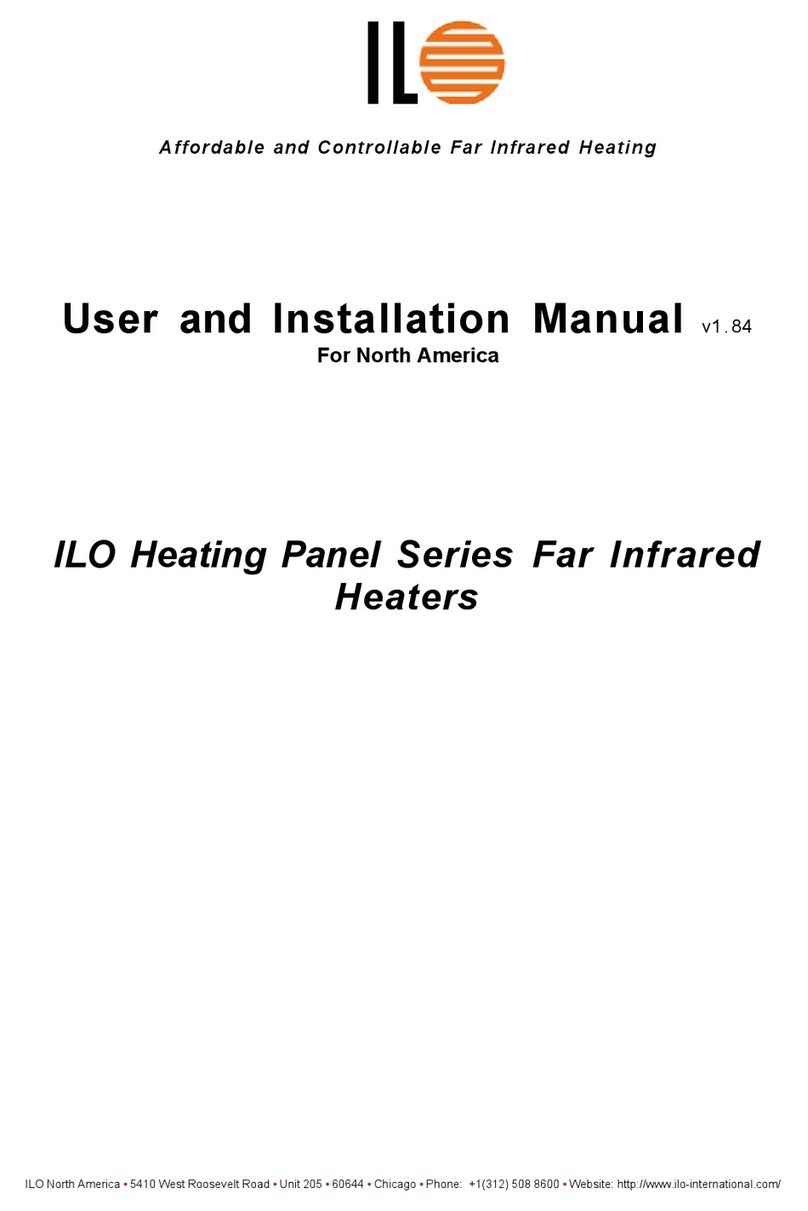
QUANTUM DI HEATER OPERATION / MAINTENANCE MANUAL CONTENTS
CONTENTS
1INTRODUCTION ........................................................................................................................................3
2SAFETY......................................................................................................................................................6
2.1 SAFETY MESSAGE CONVENTIONS............................................................................................6
2.1.a Danger ...........................................................................................................................6
2.1.b Warning..........................................................................................................................6
2.1.c Caution...........................................................................................................................7
2.2 EQUIPMENT SAFETY...................................................................................................................7
2.3 EMERGENCY OFF (EMO).............................................................................................................7
2.4 PROCESS INTERLOCKS..............................................................................................................8
2.4.a Low Pressure Switch Interlock........................................................................................8
2.4.b Liquid Level Sensor Interlock..........................................................................................9
2.4.c Element Over Temperature Protection ...........................................................................9
2.4.d Leak Sensor...................................................................................................................9
2.4.e Overpressure Burst Fitting..............................................................................................9
2.5 LOCKOUT / TAGOUT....................................................................................................................9
2.5.a Preliminary .....................................................................................................................9
2.5.b Definitions ....................................................................................................................10
2.5.c Machine Shutdown with door closed.............................................................................11
2.5.d Machine Start-Up with door closed...............................................................................11
2.5.e Machine Shutdown with door open...............................................................................11
2.5.f Machine Start-Up with door open..................................................................................12
2.6 SEISMIC PROTECTION..............................................................................................................12
3INSTALLATION ........................................................................................................................................13
3.1 UNPACKING................................................................................................................................13
3.2 LOCATION...................................................................................................................................13
3.3 HOOK-UP ....................................................................................................................................13
3.3.a Ethernet Communication..............................................................................................15
3.3.b Changing Heater IP Address........................................................................................16
4OPERATION.............................................................................................................................................17
4.1 GENERAL....................................................................................................................................17
4.2 DIAGNOSTIC DISPLAY...............................................................................................................17
4.2.a Main Page....................................................................................................................17
4.2.b Alarm Status Page .......................................................................................................18
4.2.c Module Status Page.....................................................................................................20
4.2.d Process Plot Page........................................................................................................20
4.2.e Configuration Page.......................................................................................................21
4.2.f Log Reports..................................................................................................................23
4.2.g Security Status Page....................................................................................................26
4.3 REMOTE OPERATION OVER A NETWORK ..............................................................................28
4.3.a Ethernet Interface.........................................................................................................28
4.3.b Modbus Protocols.........................................................................................................28
4.3.c Modbus/TCP ................................................................................................................29
4.3.d Modbus Communication...............................................................................................29
5START-UP................................................................................................................................................31
5.1 PRE-START INSPECTION..........................................................................................................31
5.1.a Verify Shipping Condition .............................................................................................31
5.1.b Hazardous Power Terminals.........................................................................................31
5.1.c Electrical Inspection .....................................................................................................31
5.1.d Plumbing Leak Check...................................................................................................31
5.2 SYSTEM ON................................................................................................................................32
5.3 HEATER MODULE POWER........................................................................................................32
5.4 PROCESS ALARMS....................................................................................................................32
6SHUT DOWN............................................................................................................................................33
7MAINTENANCE........................................................................................................................................34
7.1 REPAIR INSTRUCTIONS............................................................................................................34
7.1.a Heater Element Check .................................................................................................34
7.1.b Heater Replacement.....................................................................................................34
7.1.c Liquid Level and Leak Sensor Calibration.....................................................................35
7.1.d Fuse Replacement .......................................................................................................36
7.1.e Draining the System.....................................................................................................36
7.1.f Leaks............................................................................................................................37
7.1.g Overpressure Relief Replacement................................................................................37
7.2 PREVENTIVE MAINTENANCE SCHEDULE................................................................................38
8TROUBLESHOOTING..............................................................................................................................40
9WARRANTY.............................................................................................................................................41
See Appendix for specific system requirements.








